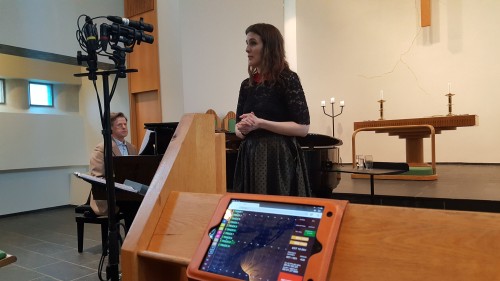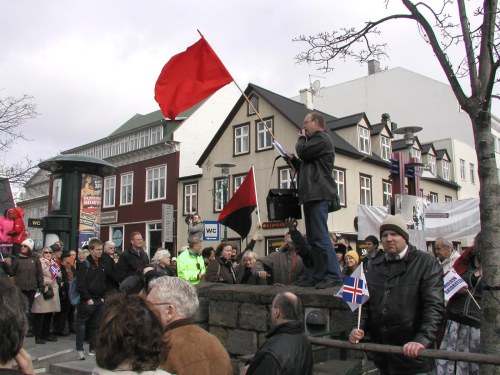I already promised to have a microphone comparison now for the month of June to confirm the quality of the SE8 microphone compared to others e.g. MKH8040.
But when I was going to work on the recordings I made last April, I noticed a 7khz noise revealed in one of the two SE8s. This noise had also annoyed me when I did the comparison, but I wasn’t sure what it was. Just thought the SE8 was that bad.
Today I didn’t hear this noise and I didn’t see anything strange on the spectrogram. Plus this SE8 now sounds better too. The comparison will therefore be repeated later so that people can take it into account if they invest in SE8.
I can’t say what happened that caused this 7Khz noise. I had actually never plugged the microphone to 48V until the day I made the comparison. So it may be that it was necessary to „burn in“ the mic’s circuit for a several hours before use.
But I tested the SE8 in two of three concerts I recorded at the end of May. It turns out that the SE8 is quite interesting. It is therefore likely that I will have it with me in my tool bag at future gigs, although the Nevaton MC59C are and will always be my first choice.
At first glance, the SE8 appears to be more strategic than e.g. MKH8040 or MC59C. But I dare not confirm it until I repeat the comparison that failed in April
So to keep my promise to deliver some information about the SE8, here is a comparison between the SE8 and the MC59C.
This is a recording of a concert I recorded about a week ago with the great mezzo-soprano singer, painter and actress Tinna Þorvalds Önnudóttir.
This comparison doesn’t say much about whether the SE8 is good for music. There is, for example, missing all the low frequencies that are extremely important to sound smoothly and correctly in phase. But there is the SE8 side by side to the MC59c which are, in my opinion, the very best mic I can choose for all acoustic music.
The installation of the microphones took into account the location of Tinna and the piano was in a narrow space in front of the audience seats. So this does not sound like a studio recording because at the same time there was considerable movement on Tinna and in one composition two other singers were involved (which cannot be heard here).
At the beginning of the recording you can hear a weak „blue whispering noise“. It can be heard occasionally while Tinna sings, but it comes from the dress she wears.
These recordings came directly from the recorder, no EQ. I only normalize the level and downgrade to mp3. Except the mix of both MC59C and SE8, there I use Soothe 2 to slightly soften the midrange.
I got Tinna’s kind permission to use her vocals in this post.
SE8 (+16.20 dB added to normalize the level)
(mp3 256kbps / 5Mb)
MC59C (+14.55 dB added to normalize the level)
(mp3 256kbps / 5Mb)
MC59C & SE8 mixed together ( +12.85 dB added to normalize the level)
(mp3 256kbps / 5Mb)
Location: 64.144522, -21.888273









